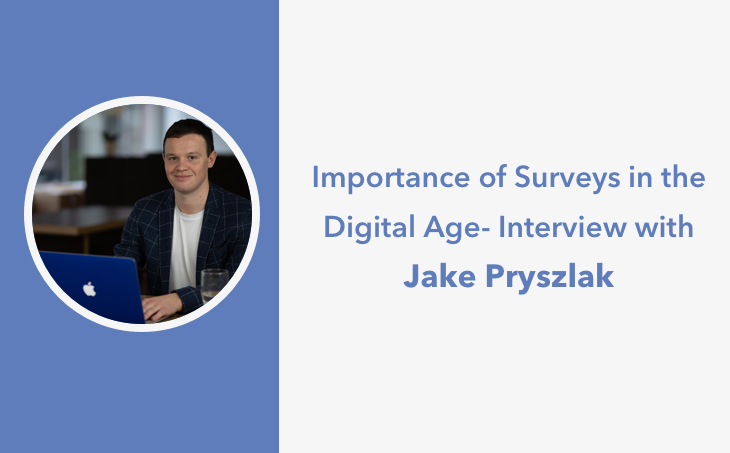
You’re here for one of two reasons: You need honest feedback from your team — the kind that surfaces what’s really going on. Or you need raw, unfiltered input from your customers, before churn or silence hits you.
But do people trust you with their feedback? Food for thought!
Anonymous feedback tools can help you build trust. They remove identifiers like names and emails, and when configured correctly, they can offer a space where people feel safe speaking freely, without fear of being traced.
I’ve used these tools in the real world — not just as software, but as trust-building levers.
In this guide, I’ll walk you through:
- The top anonymous feedback tools that actually deliver on their promise.
- What to look for (and what to avoid) in a tool.
- Real-world issues that you can solve with these tools.
If you’re building a culture (or a product) that runs on truth, not fluff, this is for you.
Tools I’d Bet On: My Top 3 Picks
There are plenty of tools that claim to offer anonymous feedback, and then there are a few that actually get it right. These three didn’t just show up in comparison tables. They stood out through real-world usage, hands-on experience, and conversations with teams who needed more than just features. Here are my picks:
I didn’t just hear about this one, I used it. This is still the first tool I recommend when someone says, “I need my team to be brutally honest — without being afraid. What made ProProfs work wasn’t a flashy dashboard. It was control. I could create surveys that didn’t ask for names, emails, or any identifying fields. While the system logs IPs by default, we never used that data, and the team knew it.
2. WorkTango
I first heard about WorkTango from a CHRO who was dealing with post-merger culture friction. WorkTango doesn’t just collect feedback—it makes it actionable, especially for large organizations with layered structures. The analytics are rich, the anonymity settings are tight, and it’s built for real cultural transformation, not just compliance.
3. Zonka Feedback
Zonka came up in a community thread as a go-to for teams who wanted a clean, fast way to collect feedback without overthinking setup. It’s simple and offers a toggleable “Anonymous Mode” that works well for lightweight surveys. However, it’s not built for in-depth reporting or scaled org-wide feedback.
Top 10 Anonymous Feedback Tools to Consider This Year
Not every tool on this list claims the spotlight — and that’s intentional. These are tools I’ve either used myself, discovered through operator conversations, or seen in action in real teams. Some are lightweight and fast. Others are powerful but clunky. And all of them have something to offer — if you know how to use them right.
Here’s a quick overview:
| Tool | Best For | Key Strengths | Pricing | User Ratings |
|---|---|---|---|---|
| ProProfs Survey Maker | HR check-ins & ops feedback | Privacy-controlled setup (no names/emails unless added), department filtering, retake blocking, multi-admin | $19.99/mo | 4.8/5 (Capterra) |
| Qualaroo | In-app product & user surveys | In-app micro surveys, anonymous responses, real-time targeting | $19.99/mo | 4.7/5 (Capterra) |
| FaceUp | Whistleblowing & reporting | Anonymous reporting portal, GDPR compliant, mobile app | $99/mo | 4.8/5 (G2) |
| WorkTango | Enterprise-scale feedback | Anonymous feedback + insights dashboard, DEI analytics | Custom pricing | 4.7/5 (G2) |
| Leapsome | Continuous feedback + performance cycles | Anonymity + continuous feedback, OKRs, 1:1s | Custom pricing | 4.6/5 (Capterra) |
| 15Five | Weekly check-ins, team feedback | Group-level anonymous employee feedback, manager coaching tools | From $4/user/month | 4.6/5 (G2) |
| Zonka Feedback | SMBs, customer & staff feedback | “Anonymous Mode,” survey logic, easy UI | From $49/mo | 4.6/5 (G2) |
| Poll Everywhere | Real-time meeting feedback & Q&A | Fully anonymous live polls, instant audience input | From $10/mo | 4.5/5 (G2) |
| Culture Amp | Deep employee engagement & sentiment analysis | Engagement surveys, segmentation, privacy layering | Custom pricing | 4.5/5 (G2) |
| SurveyMonkey | Flexible survey creation across teams | Custom anonymity settings, skip logic, integrations | $30/mo | 4.4/5 (G2) |
1. ProProfs Survey Maker – Best For Anonymous Employee Feedback at Scale
I didn’t discover ProProfs Survey Maker through research—I used it when I had to run an internal survey during a particularly tense stretch. We needed honesty—real honesty, not polite HR speak. What I appreciated most was the control: no names, no emails, no identifying fields unless we added them. While IPs are logged by default, we didn’t use them, and we made that clear to the team.
We blocked retakes, filtered feedback by department, and gave managers just enough insight without ever exposing identities. Response rates jumped. Comments got real. Decisions finally had direction because people felt safe enough to speak freely.
What You’ll Like:
- Full anonymity control — no identifiers unless you add them
- Filter results by department, team, or region
- Easy multi-admin access for HR and team leads
- Works across email, shareable links, QR codes, and embedded surveys
- Create surveys, quizzes & assessments, polls, NPS, and more
- Supports sidebar, popup, and in-app feedback widgets
- AI-assisted survey and form creation with 100+ templates and 1 M+ questions
User Insights: Capterra
“We thank ProProfs for being a perfect tool for creating tutorials and assessments for our existing employees.” – Anna V. (Marketing Manager)
Pricing: Forever-Free Plan available. Paid plans start at $19.99/month.
User Ratings: 4.8 (Capterra)
2. Qualaroo – Best For In-Context Product & Customer Feedback
I used Qualaroo while working on a product where we were struggling to understand why users were churning right after onboarding. Traditional surveys didn’t work — they felt disconnected from the moment. So, we added a simple Qualaroo micro-survey directly on the “Getting Started” page. Within days, we had anonymous insights that changed everything: missing context, UX confusion, and unspoken objections.
What I loved about Qualaroo was how invisible it felt — to us and to users. No login barriers, no email prompts, just a small, respectful nudge at the right time. And because anonymity is default, people were brutally honest. It helped us fix the right problems before they became deal-breakers.
What You’ll Like:
- In-app micro surveys that feel native and non-intrusive
- Anonymous responses by default
- Advanced targeting (page-level, behavior, traffic source, etc.)
- NPS, exit-intent, and multi-step survey support
- AI-assisted question suggestions
- Works on websites, SaaS apps, and mobile
User Insights: G2
“Being able to get feedback from customers while they’re actually on our site is a huge win. No more hoping they’ll respond to an email later.” – Verified User (Small-Business)
Pricing: Starts at $19.99/month
User Ratings: 4.7 (Capterra)
3. FaceUp – Best For Whistleblowing & Issue Reporting
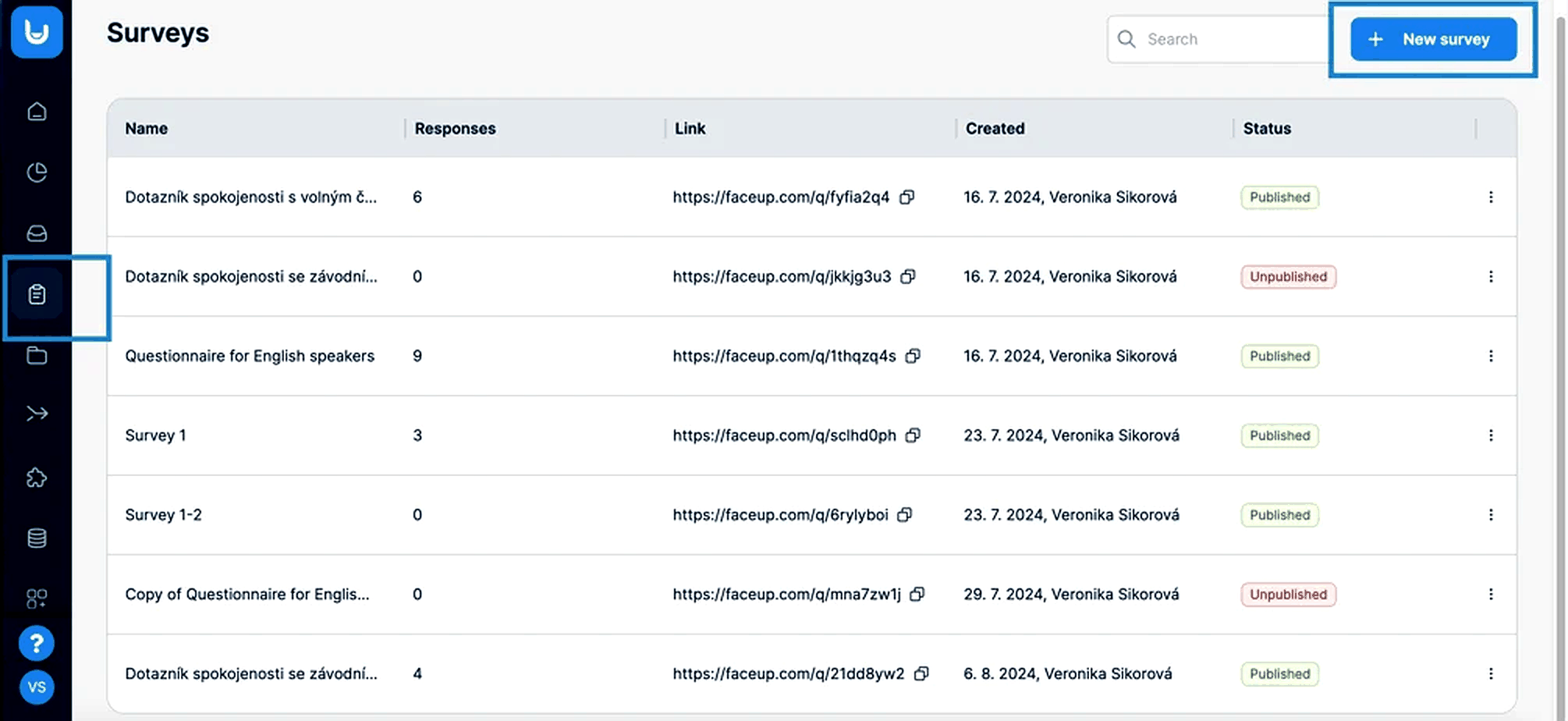
Image Source: FaceUp
I first heard about FaceUp from a compliance officer at a mid-sized fintech startup. They were rolling it out as a digital whistleblowing tool after outgrowing their clunky internal suggestion box. The reporting flow is frictionless. Employees (or students) can submit from any device, stay anonymous, and even attach files if needed. It’s fully GDPR-compliant and offers two-way messaging, so admins can follow up without ever knowing who submitted what.
However, FaceUp is purpose-built for sensitive whistleblowing scenarios — harassment, ethics, and misconduct. It’s a serious tool for serious topics, with secure anonymity and GDPR compliance. But this isn’t your everyday feedback tool. For most teams, it complements a broader platform, not replaces it.
What You’ll Like:
- Anonymous reporting for ethics, harassment, and compliance issues
- GDPR-compliant, secure cloud-based portal
- Two-way communication with anonymous reporters
- Branded landing page and mobile app support
- Supports file attachments, categories, and custom workflows
- Multilingual support for international teams
User Insights: G2
“Simple platform and allows for easy reporting without fluff so my voice can be heard without being a distraction or target. Should possibly have an experienced support line for professional guidance for administrators on actioning or closing reports” – Verified User in Hospitality
Pricing: Starts at $99/month
User Ratings: 4.8 (G2/Capterra)
4. WorkTango – Best For Enterprise-Scale Feedback & DEI Analytics
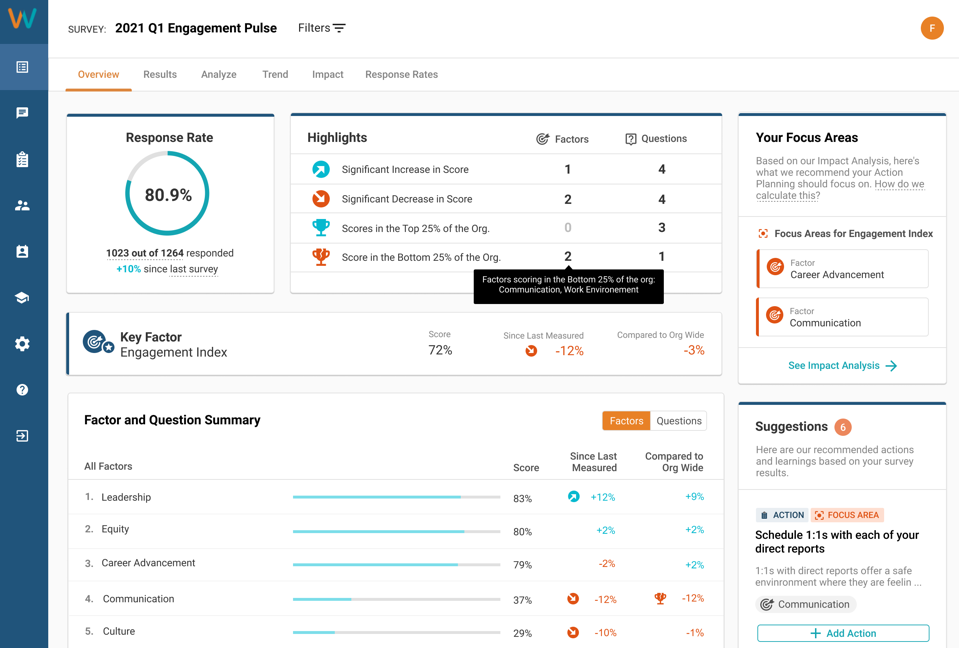
Image Source: WorkTango
I was introduced to WorkTango by a VP of People at a multinational firm who was struggling to scale employee listening across 12 countries. What sold her on the platform — and later impressed me — was that it didn’t just “collect feedback.” It turned it into a strategy. You get anonymous input, yes, but layered with sentiment analysis, filtering by location or team, and detailed DEI reporting that helps leadership see where to act.
But here’s the thing — this isn’t a tool you can just pick up and run with. It’s complex. The dashboards are powerful but dense, and setting up surveys that feel truly anonymous to employees takes a lot of backend configuration. Without a strong internal champion, it’s easy for this to become yet another initiative that looks good on paper but never gains employee trust.
What You’ll Like:
- Enterprise-grade anonymous feedback platform
- Robust dashboards for engagement, DEI, and sentiment analysis
- Pulse, lifecycle, and custom survey options
- Anonymous two-way communication available
- Flexible segmentation by role, location, and more
- Action planning workflows built in
User Insights: G2
“WorkTango provides employees with an incredible sense of security and anonymity when submitting their engagement survey results. While overall the administrator user experience is good, there could be some improvements in how user friendly the admin UI is.” – Amanda S. (Senior Human Resources Manager)
Pricing: Custom pricing
User Ratings: 4.7 (G2)
5. Leapsome – Best For Continuous Feedback & Performance Cycles
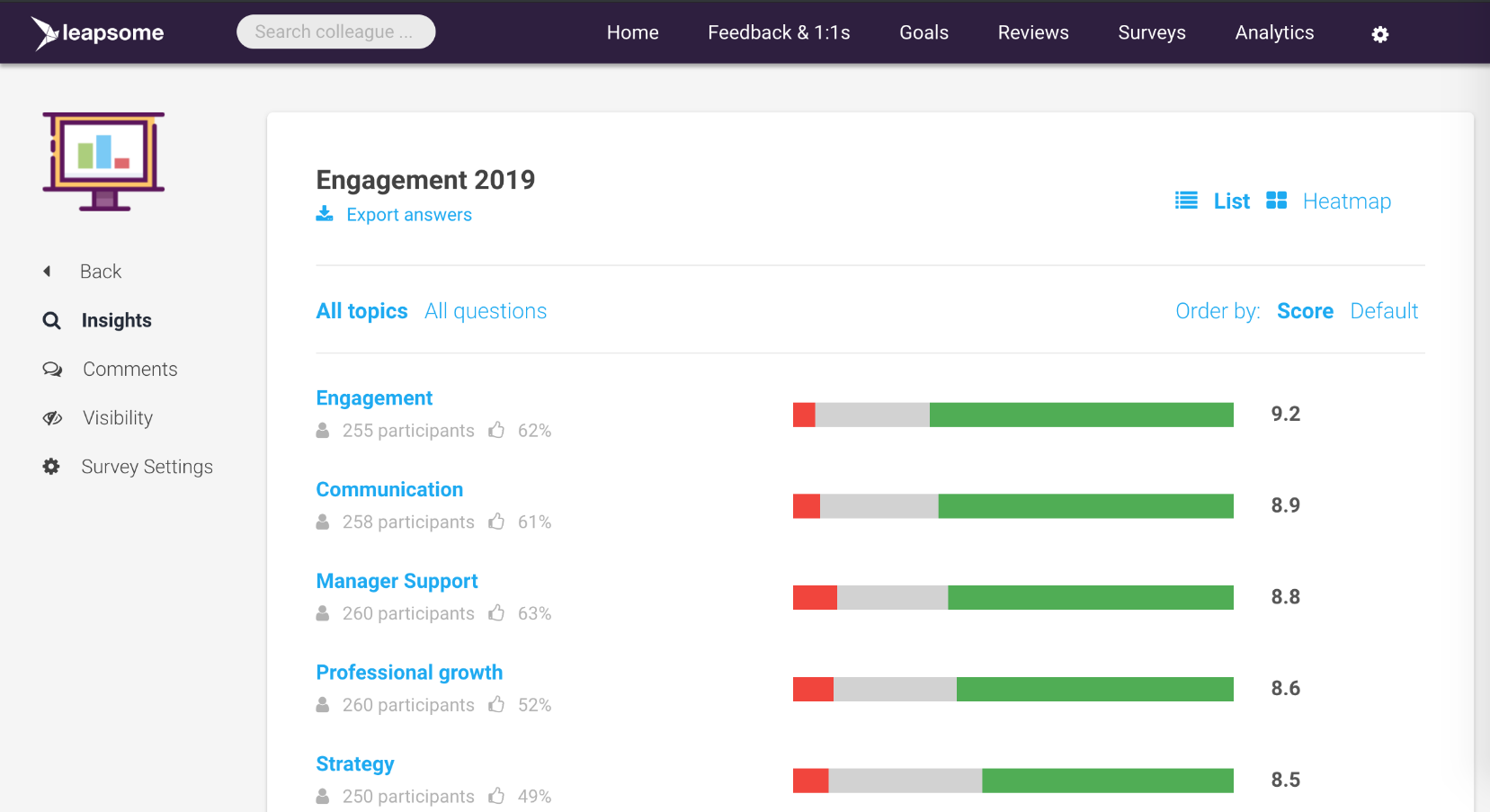
Image Source: Leapsome
Leapsome first came up during a conversation with a fast-scaling startup in Berlin. Their Head of People was looking for something that could tie feedback into performance reviews, goals, and manager check-ins. That’s where Leapsome excels — it’s a full people ops platform where anonymous feedback is just one piece of a broader ecosystem that includes OKRs, 1:1s, reviews, and learning paths.
But that’s also its drawback. Because anonymity isn’t the core focus, it feels like a secondary feature — available, but buried under performance tools. Several teams I’ve spoken to said they had to train employees hard to trust the feedback module, and even then, people were wary about whether their feedback was truly anonymous or just “internally confidential.” If your goal is unfiltered honesty, this might not be the place to start.
What You’ll Like:
- 360° feedback with optional anonymity
- Performance reviews, OKRs, and goal tracking
- Customizable feedback templates and workflows
- Real-time feedback and praise
- Manager training tools and engagement analytics
User Insights: G2
“What I like best about Leapsome is its user-friendly interface and the emphasis on anonymity. It’s a minor issue, previously, when team members submitted their self-reflections, there was no notification indicating that they had completed it.” – Jahaber S. (Team Manager – Customer Success & Implementations)
Pricing: Custom pricing
User Ratings: 4.6 (Capterra)
6. 15Five – Best For Weekly Check-ins & Team Feedback
Image Source: G2.com
I first saw 15Five in action at a creative agency that swore by weekly pulse check-ins. Their team used it to gauge mood, share wins, and give quick upward feedback — and in that context, it worked beautifully. The UI is friendly, and managers get structured summaries that make 1:1s smoother and more focused. You can enable anonymous group feedback, which helps when people need to share tough things without naming names.
But here’s the limitation: 15Five was built as a performance and engagement tool, not a privacy-first feedback platform. While it’s great for fostering open team dynamics, its anonymous capabilities are limited to certain workflows, and individual anonymity often blurs in small teams. If you’re dealing with sensitive topics or high-stakes org changes, this isn’t the tool to count on for deep, candid honesty — it leans more reflective than radical.
What You’ll Like:
- Weekly check-ins, pulse surveys, and lightweight engagement tools
- Optional anonymous feedback in group settings
- Goal-setting, 1:1 tracking, and manager coaching features
- Integration with Slack, MS Teams, and major HRIS platforms
- Custom question templates and progress tracking
User Insights: G2
“I think overall it works pretty well, but I found the use of custom questions in surveys and reviews a huge pain to create. Overwhelming Features that don’t all help out very much. High anonymity threshold for surveys, easily lost by employees in email.” – Wyatt H. (Small-Business)
Pricing: From $4/user/month
User Ratings: 4.6 (G2)
7. Zonka Feedback – Best For SMBs & Customer/Employee Feedback

Image Source: Zonka Feedback
I stumbled upon Zonka Feedback in a community thread where someone asked for an alternative to SurveyMonkey that didn’t feel bloated. A customer success lead chimed in, saying they’d switched to Zonka for its simplicity, mainly because it had a dedicated “Anonymous Mode” and could be rolled out across multiple touchpoints like kiosks, emails, and web embeds.
And it delivers on that promise. Zonka is fast to set up, easy to brand, and surprisingly flexible. You can run feedback forms on tablets at the front desk or send post-interaction surveys via email. But while it’s great for straightforward, transactional feedback, it starts to feel limited once you need deeper reporting or manager-level filtering across departments. And unlike Survey Maker, where anonymity is seamless by design, Zonka’s mode has to be toggled — which makes setup slightly riskier if you’re not paying attention.
What You’ll Like:
- Dedicated “Anonymous Mode” for privacy-first surveys
- Multi-channel deployment: kiosk, email, link, website widget
- Templates for customer satisfaction, NPS, staff pulse, and more
- Response inbox, sentiment tags, and real-time alerts
- White-labeled, branded feedback screens
- Easy multilingual support
User Insights: G2
“The ease of setting up, deploying, and reviewing the pulse of our firm with the client feedback. The inability to have “in-house” reviews done by an employee doing the survey over a call.” – Leon D. (CTO)
Pricing: From $49/month
User Ratings: 4.6 (G2)
8. Poll Everywhere – Best For Real-Time Meeting Feedback & Q&A
Image Source: Poll Everywhere
I first used Poll Everywhere in a leadership offsite where they wanted live, anonymous input — the kind that breaks through the silence in a room full of nervous people. What surprised me was how fast it worked. Attendees responded from their phones, real-time word clouds started forming on the projector, and questions started pouring in that nobody would’ve said out loud. It flipped the energy in the room.
That said, Poll Everywhere is built for the moment. It shines in live settings — town halls, Q&As, training sessions — but falls flat for ongoing feedback workflows. There’s no real depth in post-event analytics, no team-level segmentation, and no structure for long-term feedback programs. Great for public honesty, but not a fit for operational insight.
What You’ll Like:
- Fully anonymous live polls via phone or browser
- Real-time visualizations (charts, word clouds, etc.)
- Voting, Q&A, and open-ended feedback tools
- PowerPoint, Slack, and Google Slides integrations
- Moderation features and profanity filters
- Custom branding for events
User Insights: G2
“I like that I can create my own polls, group them together, and get immediate feedback. I don’t like that I can’t control the responses for the “free-write” ones.” – Jordan W. (Business Education Teacher)
Pricing: From $10/month
User Ratings: 4.5 (G2)
9. Culture Amp – Best For Deep Employee Engagement & Sentiment Analysis
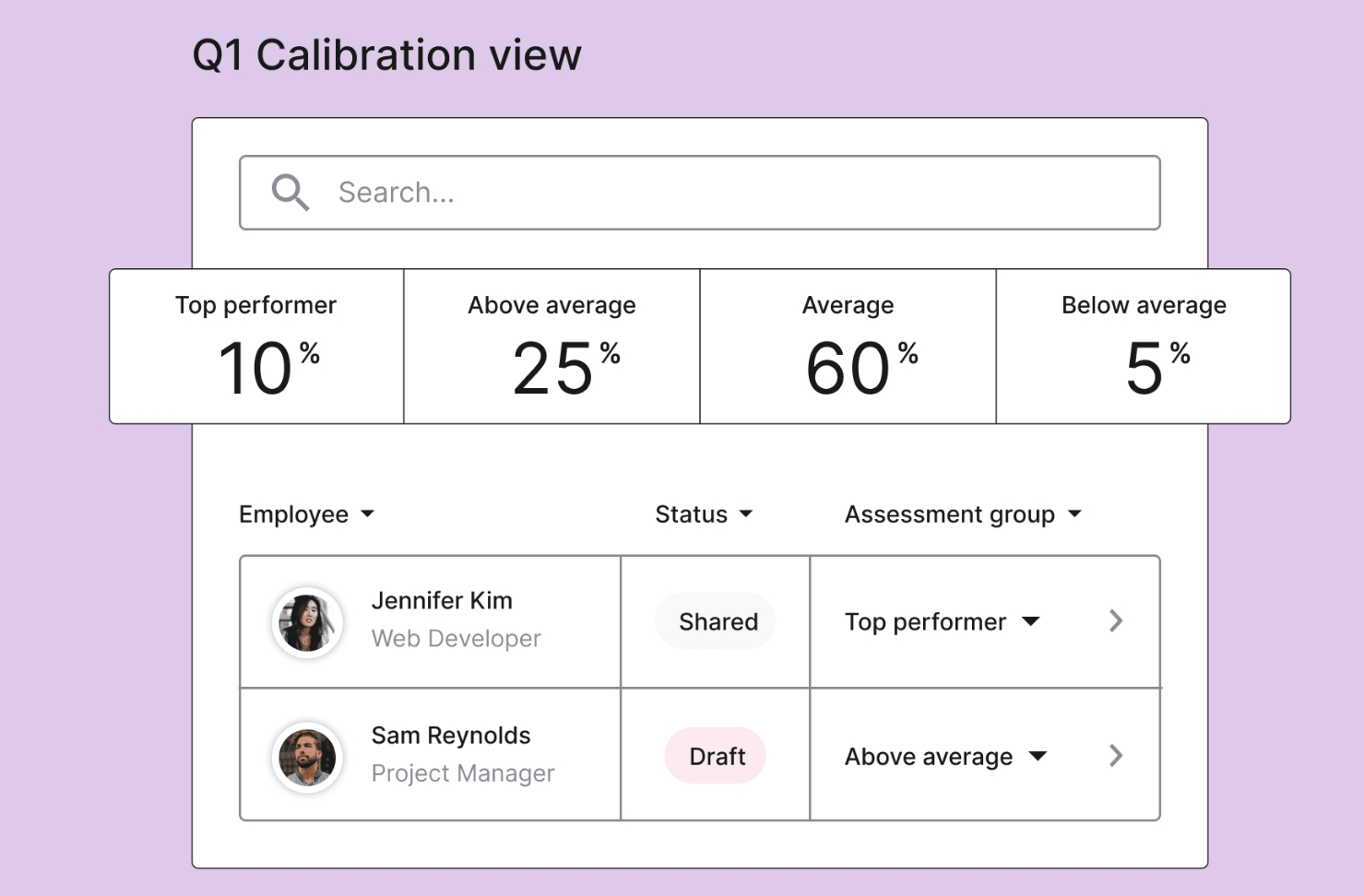
Image Source: Culture Amp
I first came across Culture Amp while consulting for a mid-sized company that had grown fast — and suddenly had no idea what its employees were actually feeling. They didn’t need just a survey; they needed to understand engagement across dozens of teams. Culture Amp delivered on that. The platform goes deep — layered segmentation, engagement trends, onboarding surveys, performance, even manager effectiveness metrics.
But that depth comes at a cost. It’s not quick to deploy, and most admins I’ve spoken to needed onboarding help just to make sense of the dashboards. If you’re in a small or fast-moving org, it can feel overwhelming — and the anonymity settings? They’re there, but not front and center. That creates risk unless your team deeply trusts the process. Culture Amp is a serious tool — just be sure you’re ready for the commitment it demands.
What You’ll Like:
- Engagement and lifecycle surveys with segmentation
- Anonymous feedback tools
- Culture benchmarking against global data
- Performance review and goal tracking modules
- Action plans and manager coaching insights
- HRIS integrations and compliance features
User Insights: G2
“I like the interface. The easily understandable structure. I really wish there was integration into our contact to be able to give instant reviews.” – Endre T. (IT Manager)
Pricing: Custom pricing
User Ratings: 4.5 (G2)
10. SurveyMonkey – Best For Flexible Survey Creation Across Teams
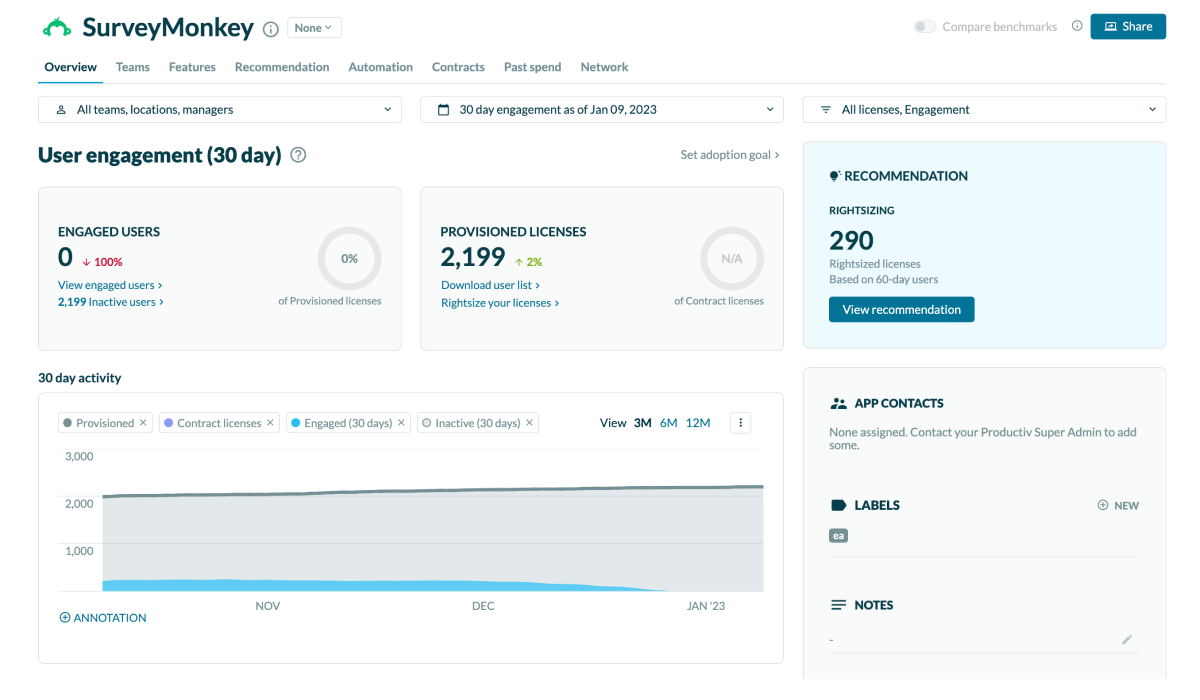
Image Source: SurveyMonkey
I’ve seen SurveyMonkey used everywhere — from customer NPS forms to internal HR check-ins. It’s usually the first tool someone reaches for because it’s familiar, easy to start with, and has just enough templates and logic to cover most survey needs. I once worked with a marketing team that used it for client onboarding feedback — and it worked well, until they realized they had tracking enabled by default.
That’s the catch. Anonymity is not the default, and unless you know how to manually disable tracking, metadata, and IP logging, people will assume they’re being watched — and water down their responses. For customer-facing surveys or low-stakes feedback, it’s fine. But if you need high-trust, high-stakes input from employees or stakeholders? You’re better off with something built from the ground up for true anonymity.
What You’ll Like:
- Custom survey creation with skip logic and branching
- Anonymity controls (must be configured manually)
- 250+ templates for internal, external, and academic use
- Slack, HubSpot, Salesforce, and Google integrations
- Survey scoring, benchmarking, and exports
- Real-time analytics and team collaboration
User Insights: G2
“Quickly and easily gather data from all stakeholders with the opportunity for limited anonymity. I haven’t used it with clients, but I’d be curious – if I did – about encryption and IP address tracking opt-out.” – Ariana N. Z. (Registered Psychotherapist)
Pricing: Starts at $30/month
User Ratings: 4.4 (G2)
How to Choose the Right Anonymous Feedback Tool
Not all feedback tools are built for the same job, and choosing the wrong one can do more harm than good. You’ll either scare people off with complexity, or worse, mislead them into thinking their responses are private when they’re not.
No feature bingo. Here’s exactly what to choose based on where you are — team size, budget, tech skill, and what you can’t afford to get wrong:
1. Team Size
- 1–20 people: Use ProProfs Survey Maker — surveys can be made anonymous with zero coding. Just don’t include identity fields.

- 20–200 people: Stick with ProProfs Survey Maker — it scales, supports multiple admins, and lets you filter by groups.
- 200+ people: Use WorkTango only if you have internal support. Otherwise, start with ProProfs Survey Maker for pilot groups.
2. Budget
- Under $50/month: Use ProProfs Survey Maker, Qualaroo or Zonka.
- $50–$250/month: Use ProProfs Survey Maker, which gives you enterprise-level control without the price tag.
- Custom pricing tiers: Go WorkTango or Culture Amp, but only if you’re ready to commit to onboarding.
3. Tech Comfort
- Non-technical teams: Use ProProfs Survey Maker — no-code, nothing to configure. Just sign up and start creating your anonymous surveys.
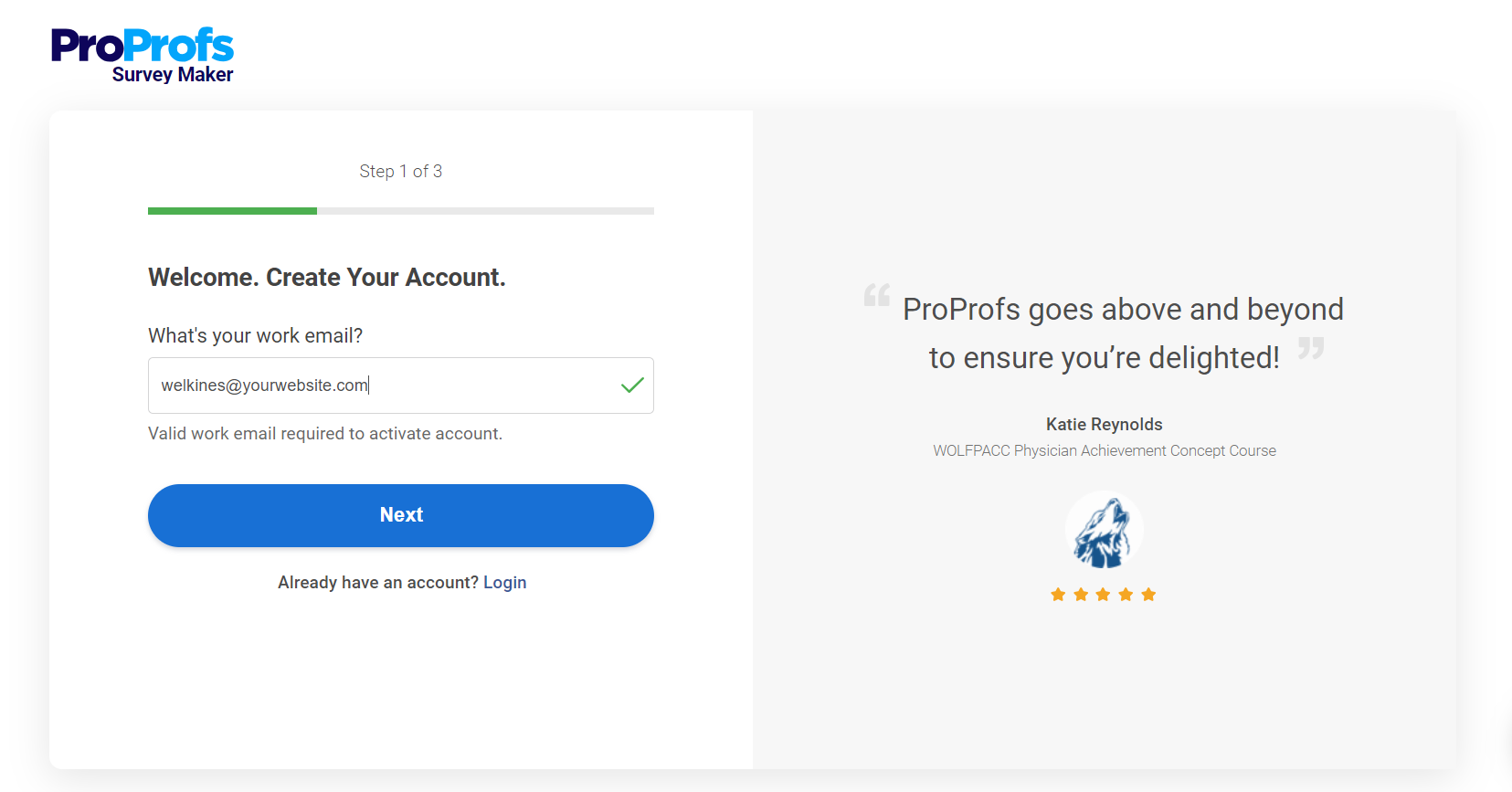
- High-tech orgs: Tools like Culture Amp or Leapsome offer depth, but expect a steeper learning curve.
4. Must-Have Features
Choose a tool that gives you:
- Anonymity you control (no names, emails, or IDs unless you add them — and no need to use metadata like IPs or timestamps)
- Ability to block retakes
- Filtering without compromising identity
- Multi-admin support
Deployment via link, email, embed, or QR code
FREE. All Features. FOREVER!
Try our Forever FREE account with all premium features!
Why Anonymity Matters (And What Happens When You Get It Wrong)
You don’t run anonymous surveys for fun — you run them because people don’t feel safe telling the truth out loud.
But here’s the real problem: if people don’t believe the survey is anonymous, they won’t tell you the truth anyway. Worse, they’ll smile, click “all good,” and move on — while problems grow quietly behind the scenes.
Here’s What Happens Without Real Anonymity:
- Self-censorship: People say what’s safe, not what’s true
- Low participation: Feedback drops because no one wants to risk it
- Skewed results: Your data tells a nice story, not the real one
- No actionability: You can’t fix what no one’s willing to point out
Here’s What Happens When You Get It Right:
- Honest feedback: People share what’s really broken
- Early signals: You catch burnout, resentment, and friction before they explode
- Trust loop: You ask, they answer, you act — and trust compounds
- Clarity: You stop guessing and start leading with confidence
This isn’t about tech. It’s about trust. And once that’s broken, you don’t get it back easily.
Common Pitfalls to Avoid When Running Anonymous Feedback Surveys
Even the best-intentioned feedback efforts fall apart if the system isn’t airtight. Here’s how teams lose trust — and how to prevent it by setting things up the right way from day one.
1. Assuming anonymity is built in
Many anonymous survey tools collect data by default — timestamps, IPs, even email tracking — unless you know exactly what to turn off. One misstep and you’ve compromised trust.
What to do instead: Use a tool like ProProfs Survey Maker, where anonymity is in your hands. Don’t include identity fields, and skip exporting metadata — simple, clear, and safe.
2. Letting people take the survey more than once
Duplicate entries skew results fast — especially in small teams where a few retakes can swing sentiment entirely.
What to do instead: You can block retakes with one click — keeping your data clean and your insights sharp.
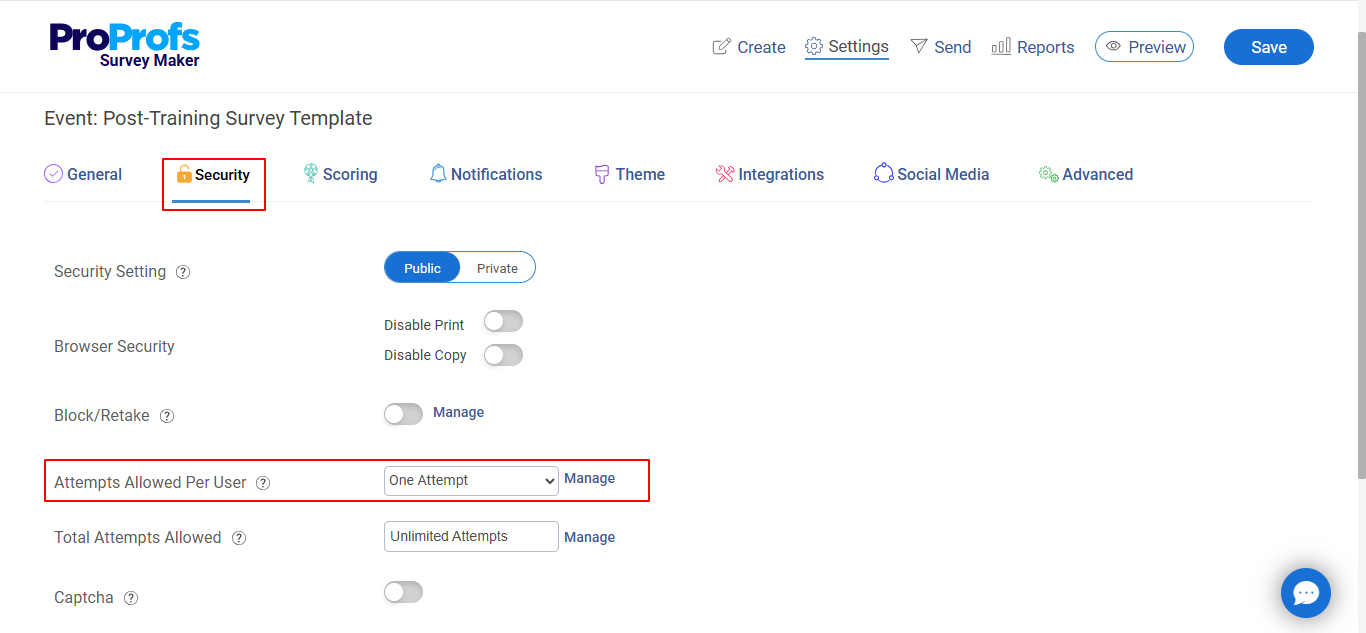
3. Failing to explain what “anonymous” actually means
If you don’t communicate what’s being collected (and what’s not), people assume the worst — and stop talking.
What to do instead: ProProfs Survey Maker makes this easy with customizable templates and intro pages where you can clearly explain privacy settings upfront.
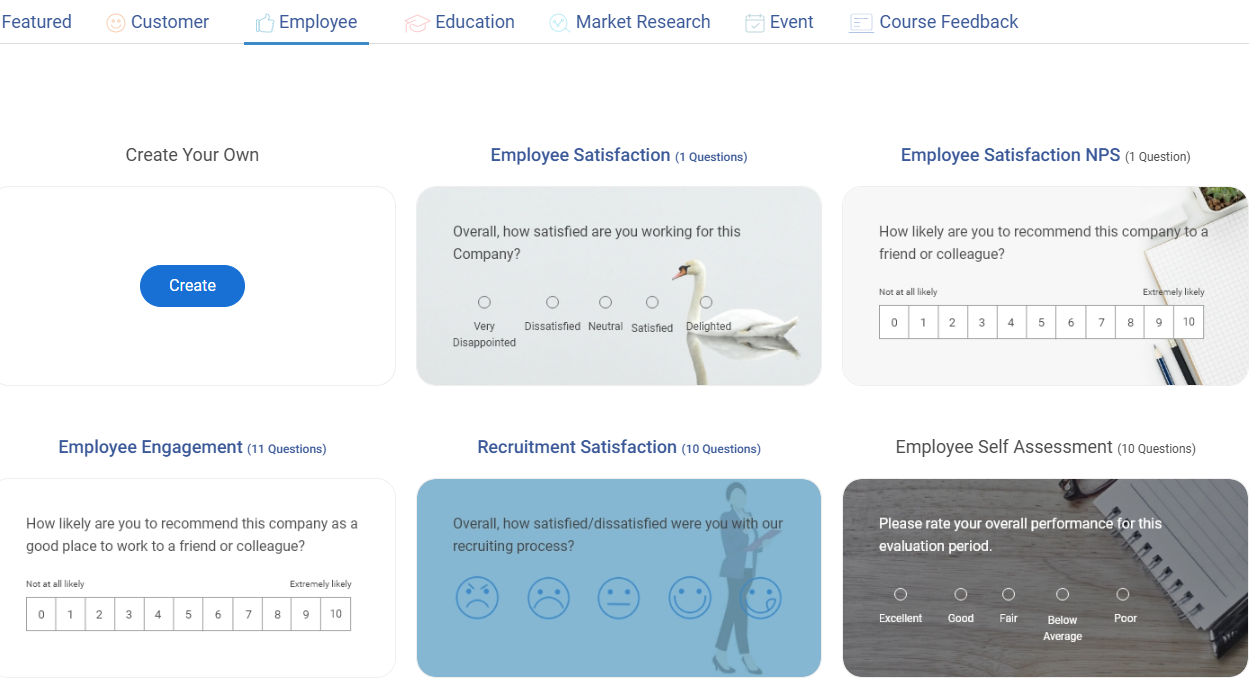
4. Gathering feedback with no plan to act
Asking for honest answers and doing nothing with them? That’s a fast track to team cynicism.
What to do instead: Use ProProfs Survey Maker’s intelligent reporting and analytics to turn feedback into action. Filter results, download reports, and share trends with leadership — without overcomplicating the process.

How Do I Create an Anonymous Feedback Survey?
Here, I’m using ProProfs Survey Maker. Check out these steps—they’re super easy and you can create your survey similarly:
Step 1: Open the ProProfs Survey Maker Dashboard and click on the “Create Survey” tab.
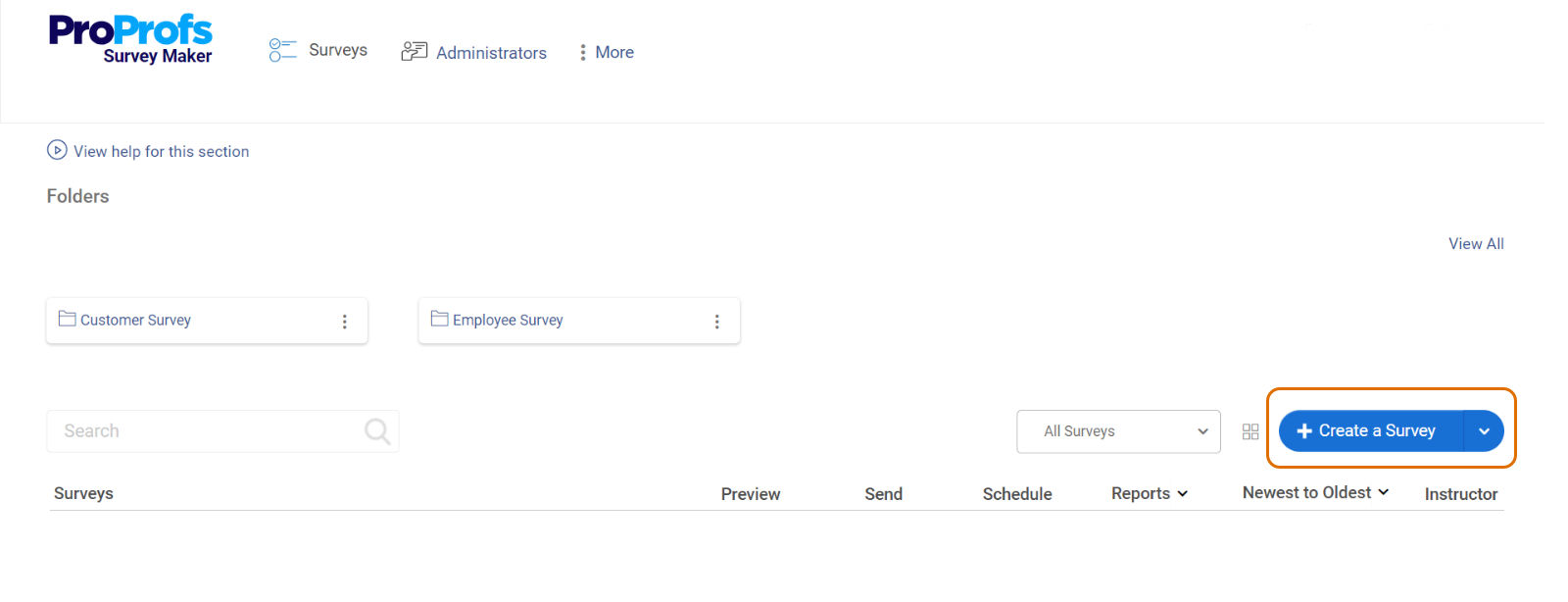
Step 2: Select the Create Survey tab
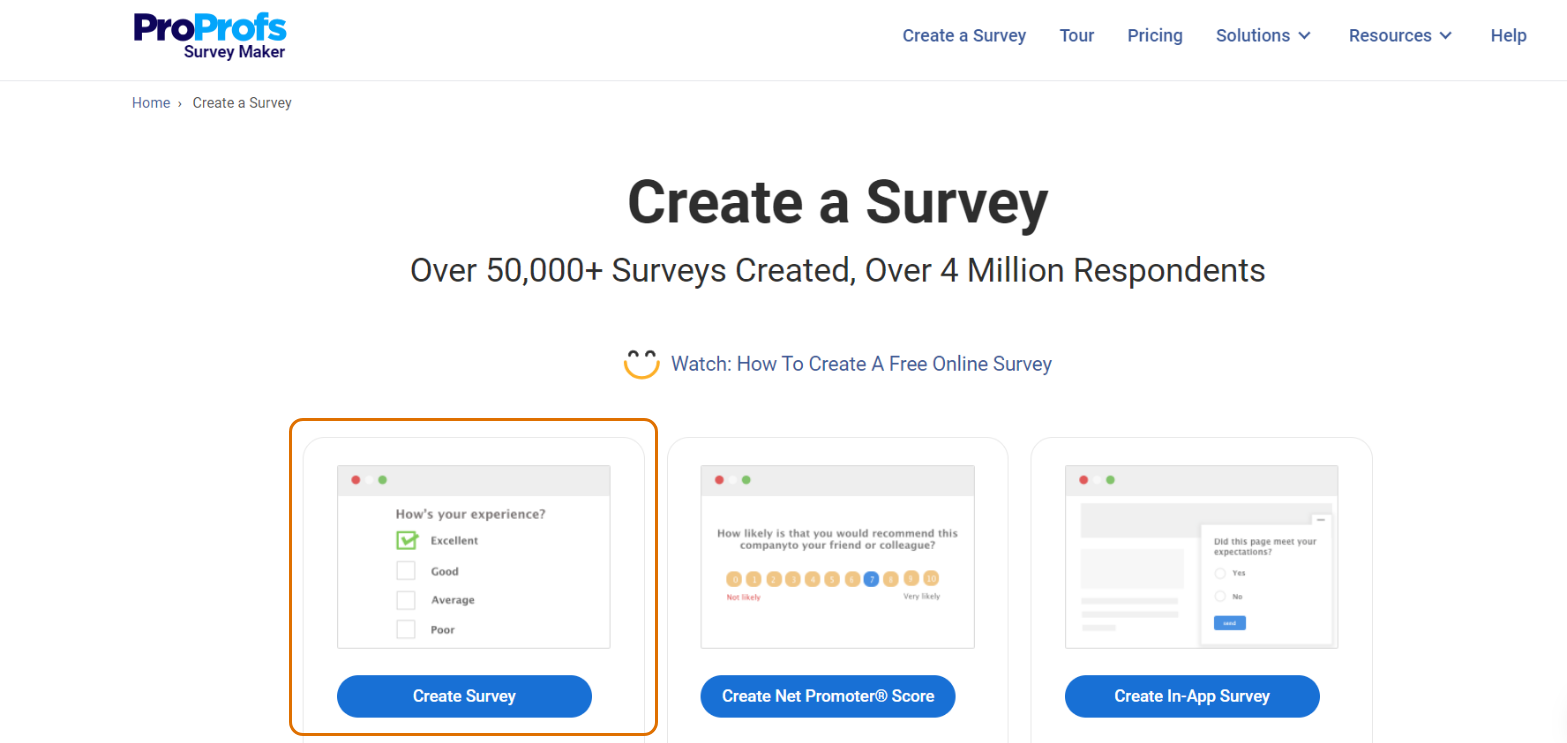
Step 3: Click on “Create from Scratch” to start building your survey.
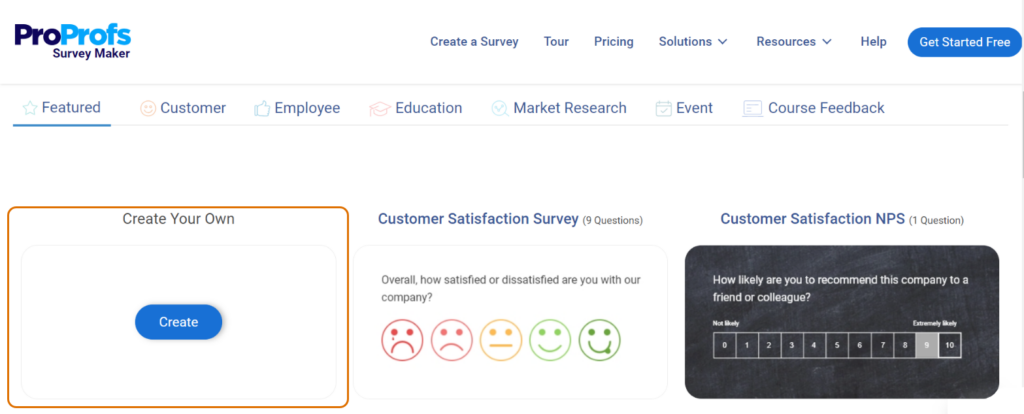
Step 4: On the Survey Editor page, give your survey a name.
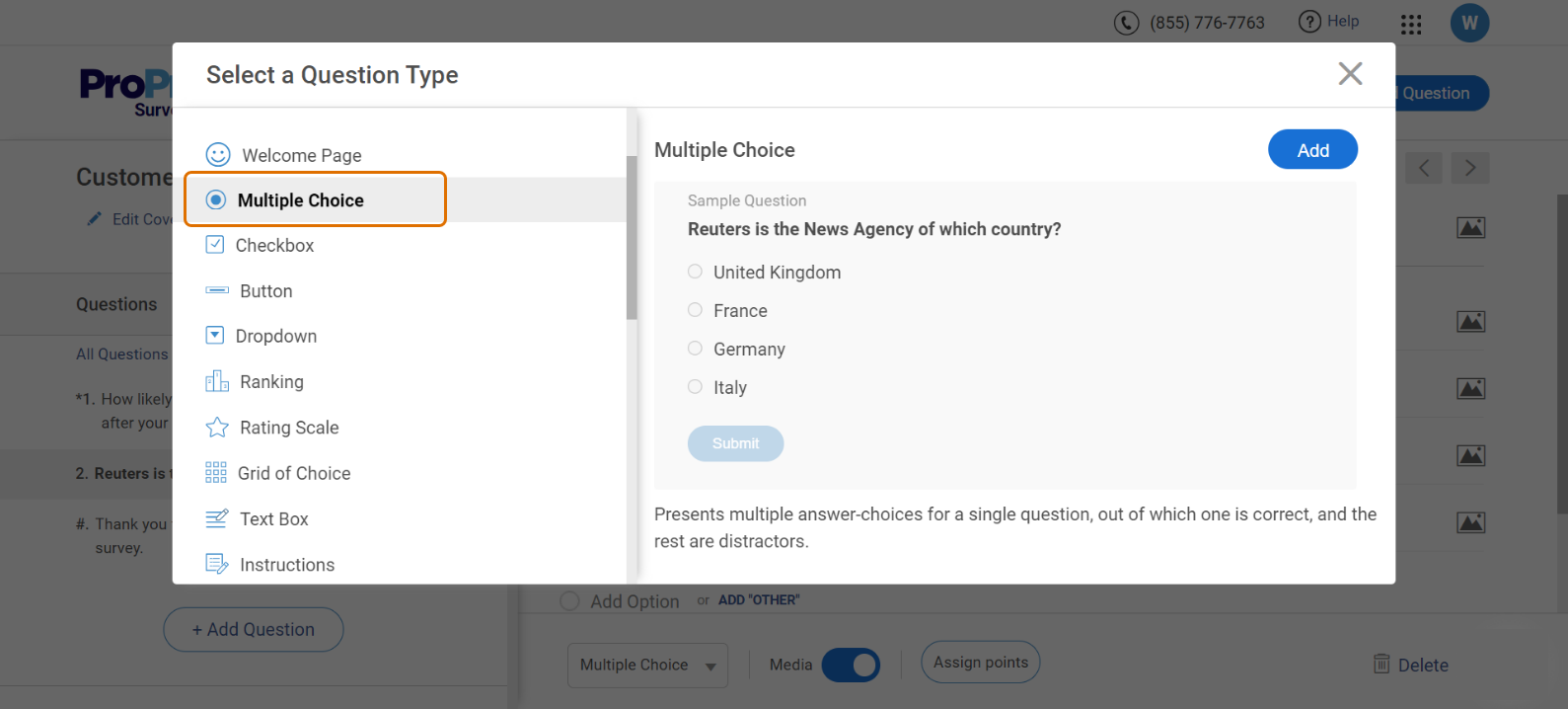
Step 5: Save your survey to avoid losing your progress.
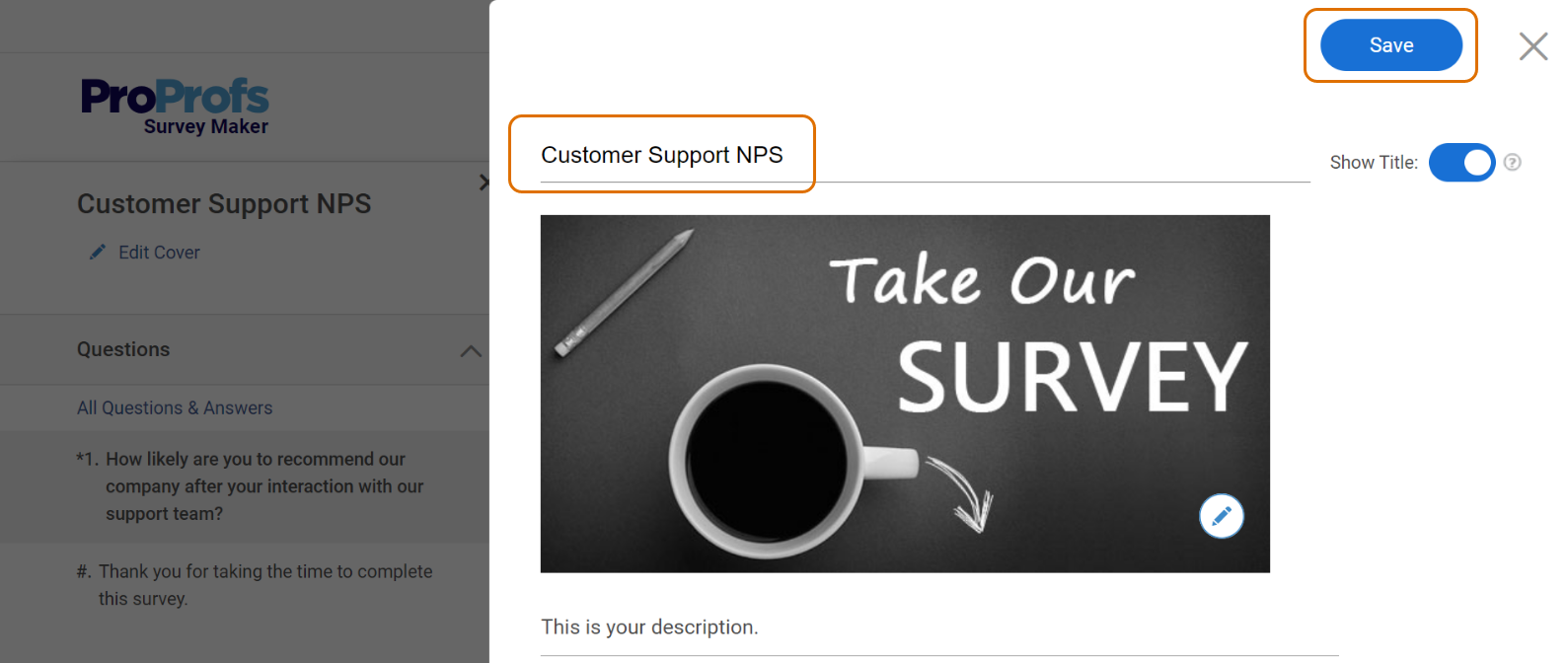
Step 6: Start adding your questions in the editor section.
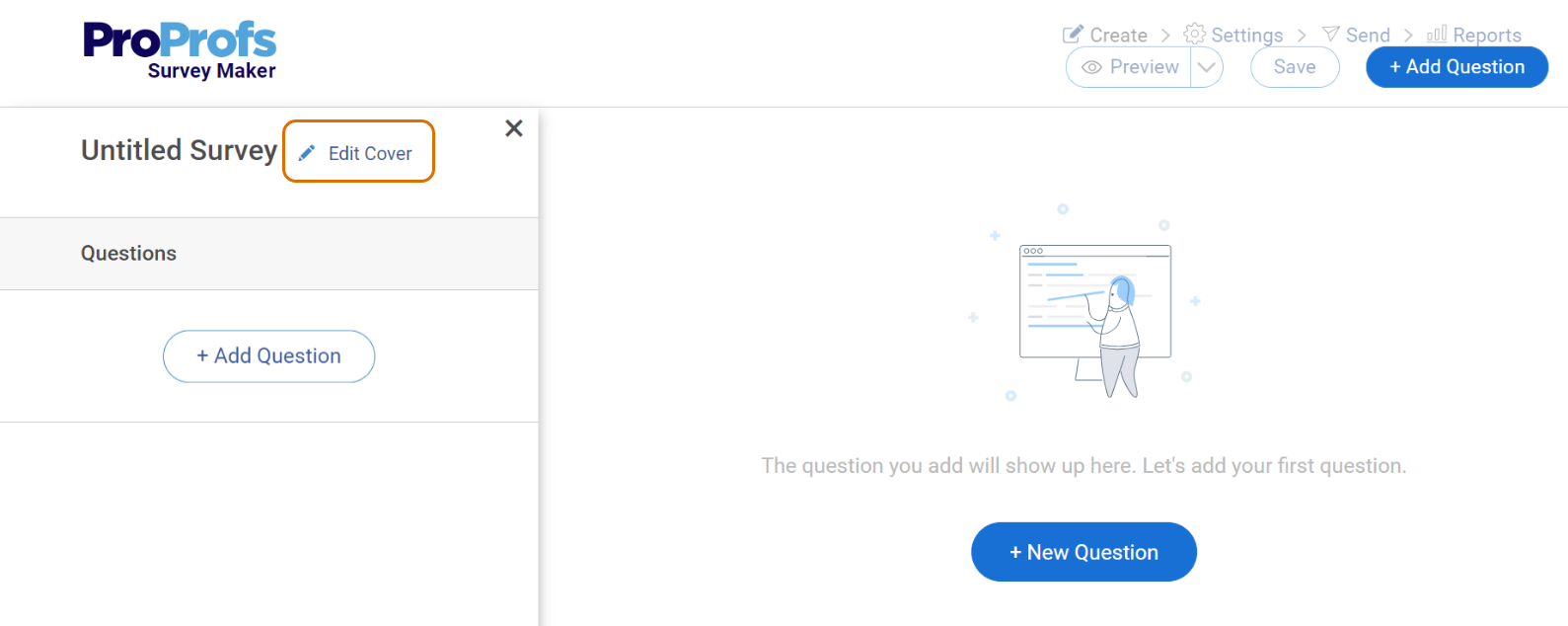
Step 6.1: Add a theme by choosing from the pre-designed theme options to give your survey a polished look.
Step 7: Preview your survey to ensure everything looks perfect, then click “Done.”
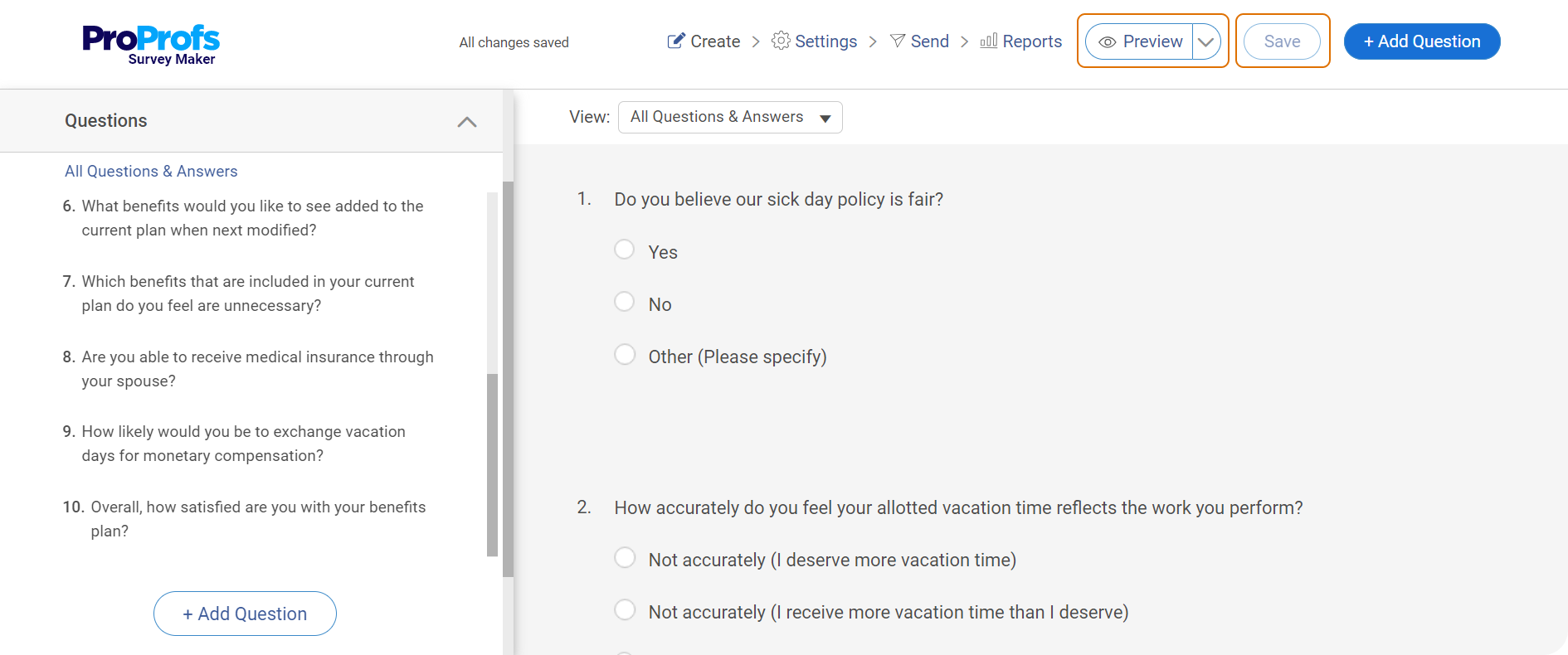
Step 8: Share the survey- Copy the link and share it via email or any other platform.
Ready for Real Feedback? Start Here.
Anonymous feedback isn’t just about toggling off a setting. It’s about showing your team — or your users — that you’re serious about listening, even when the truth is hard to hear.
You need more than a form builder. You need something that gives you control, clarity, and confidence — like ProProfs Survey Maker, where anonymity is in your hands from the start.
Tools don’t build trust. What you do with them does. If you’re building a culture where people speak up — or a product shaped by what people actually think — now’s the time to get it right. Set it up clean. Communicate clearly. Follow through.
Frequently Asked Questions
2. Can managers still see who submitted which responses?
Only if anonymity wasn’t set up correctly. With ProProfs Survey Maker, managers see filtered results by team or role — not by person. You control visibility.
3. What should I communicate to employees before sending an anonymous survey?
Be direct. Tell them what data is (and isn’t) collected, how results will be shared, and who will see them. ProProfs even lets you customize survey intros so you can set expectations right up front.
4. What’s the risk of not blocking survey retakes?
Duplicate entries = skewed data. ProProfs Survey Maker solves this with a one-click “block retakes” setting, so you get one voice per person — no cleanup required.
5. How should anonymous (negative) feedback be handled?
Spot patterns, act where you can, and communicate back. Even if you can’t solve everything, ProProfs’ reporting makes it easy to show employees they were heard.
6. What's the difference between 'anonymous' and 'confidential'?
Anonymous = no one can trace it. Confidential = someone (like HR or IT) could. ProProfs is built to help you stay in the first camp — if you set it up with privacy in mind.
 Tips
Tips
We’d love to hear your tips & suggestions on this article!
FREE. All Features. FOREVER!
Try our Forever FREE account with all premium features!
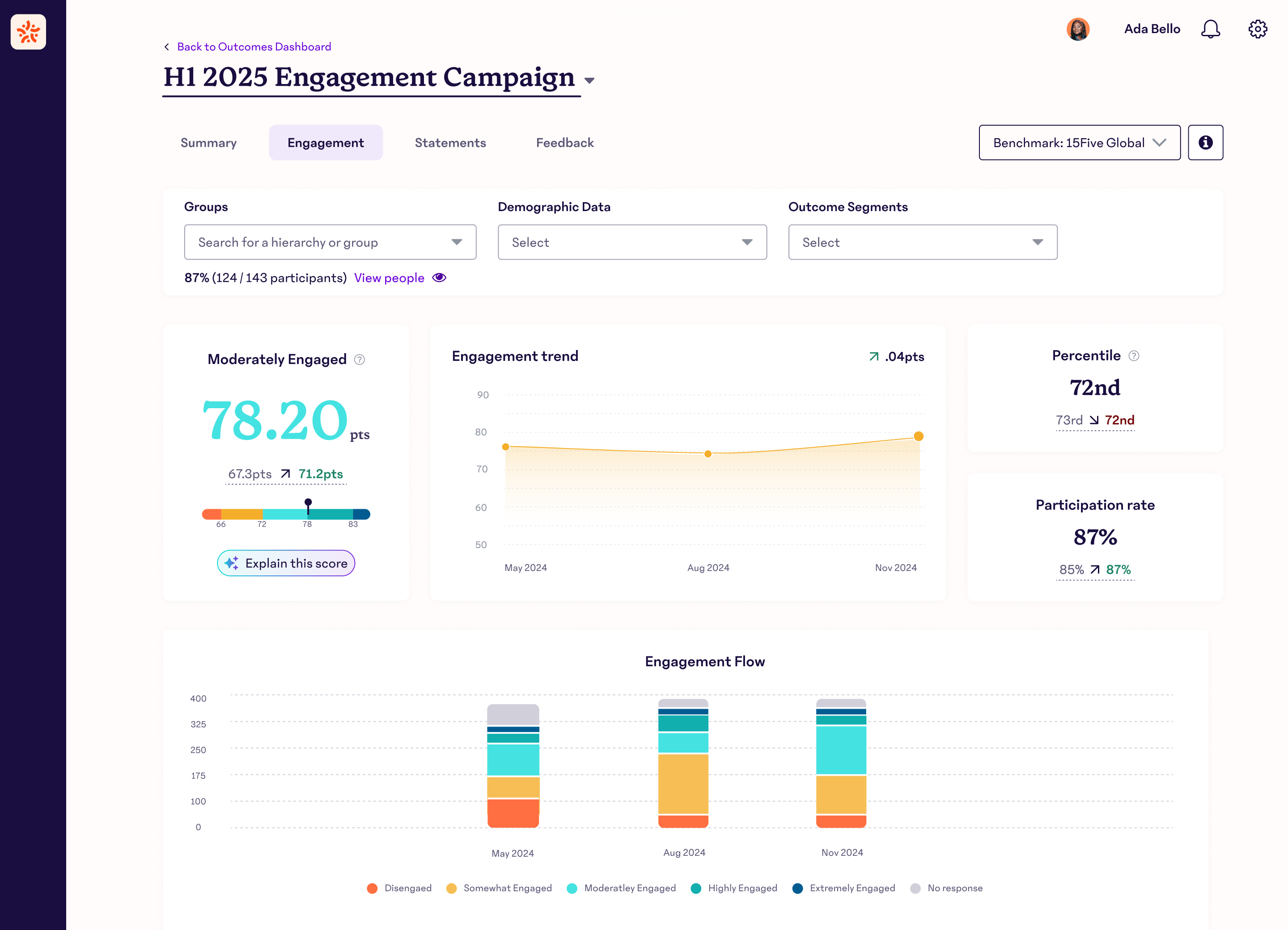
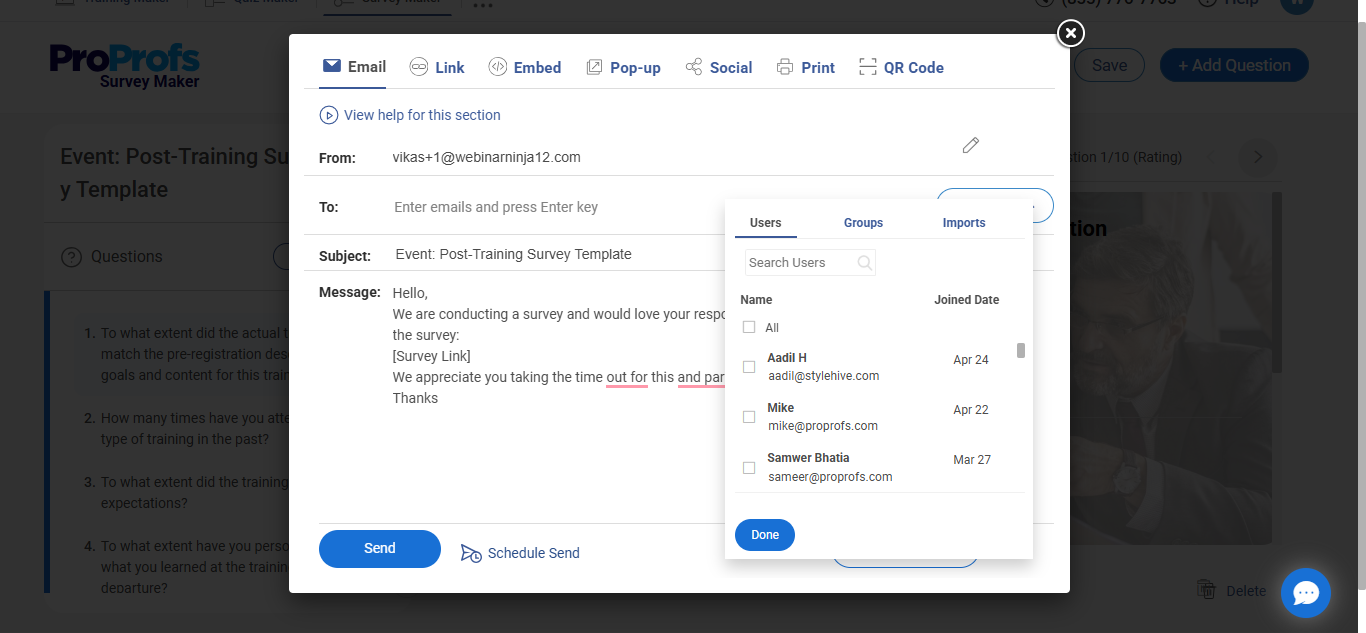

 We'd love your feedback!
We'd love your feedback! Thanks for your feedback!
Thanks for your feedback!

